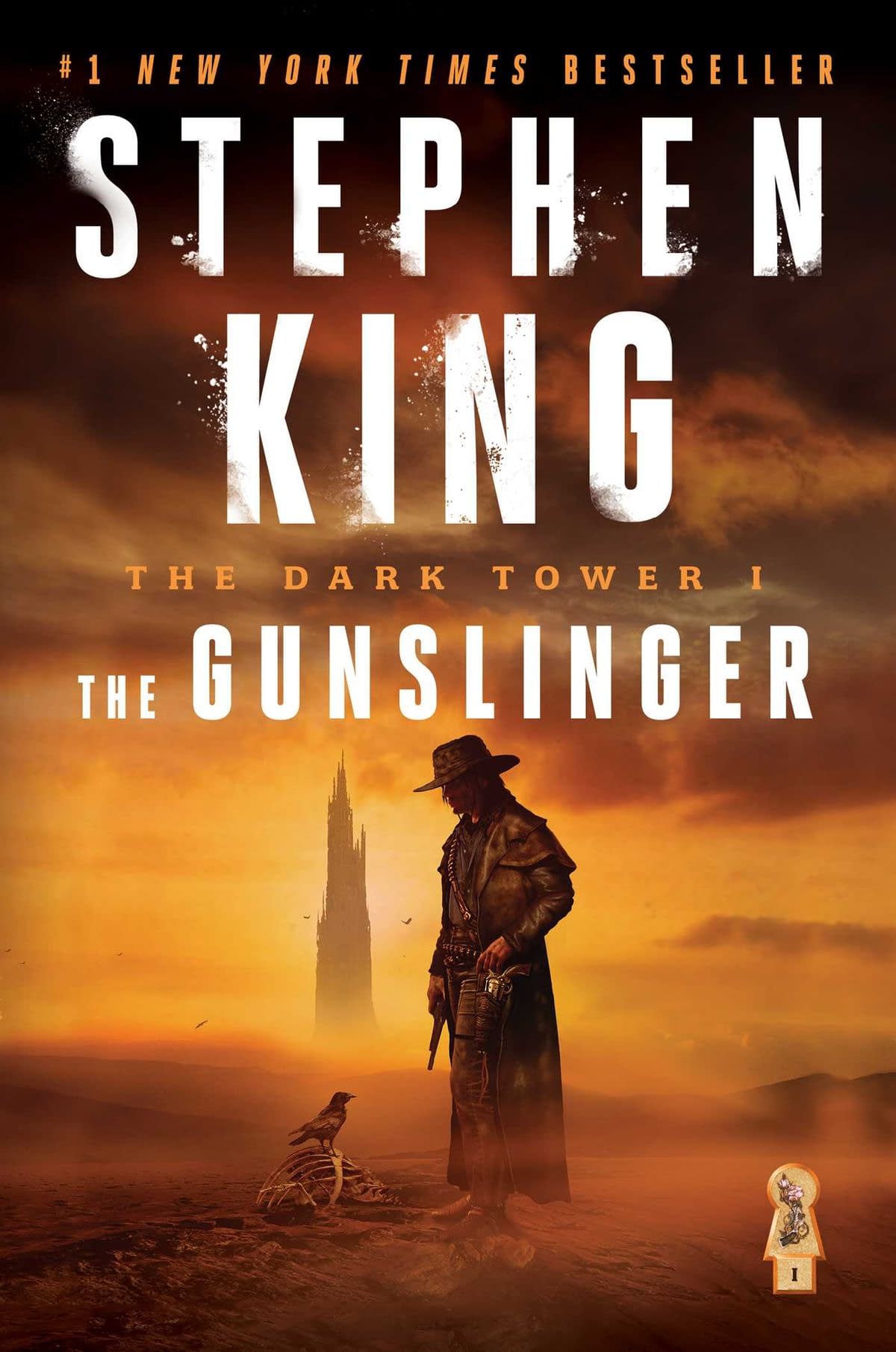
Nort is not the only sacrificial figure found in The Gunslinger. Why do you think King includes these references? Why do you think Nort is crucified after being resurrected, a direct reversal of the biblical events?Ĩ. The terms resurrection and crucifixion automatically make us reflect upon the biblical account of Jesus’ crucifixion and resurrection, and the belief that, come Judgment Day, the dead will rise and be held accountable for the good and evil of their lives. After being poisoned by the addictive devil grass, he is resurrected by the sinister Man in Black, only to be later crucified by Sylvia Pittston and her followers. Nort, the weed-eater Roland meets in Tull, suffers a terrible fate. What role does Pittston play in the novel? Have you come across Pittston-like characters in any of King’s other fiction? How do you explain the discrepancy between Pittston’s professed role as a preacher and her actual allegiance to the Man in Black and the Crimson King? What are the divisions between good and evil in Roland’s world?ħ. As Roland’s lover Allie says, Pittston’s religion is poison. Although Sylvia Pittston claims to be a woman of God, she is actually one of the most actively destructive characters found in The Gunslinger. How do you explain these similarities? What is the relationship between Roland’s world and our world?Ħ.

Jake’s description of New York (recounted while he is under hypnosis) reminds Roland of the mythical city of Lud, and the tunnels beneath the Cyclopean Mountains contain the ruins of a subway system that remind Jake of home. The townsfolk of Tull know the words to the Beatles’ song “Hey Jude,” and they use bocks (bucks, or dollars) as their currency. Throughout The Gunslinger, we are struck by the number of similarities between our world and Roland’s world. One of Roland’s favorite phrases is “the world has moved on.” What does this mean? What do you think Roland’s world was like before it moved on?ĥ.

Why does the term Man in Black have such emotional impact? What images do we automatically associate with such a figure? Do you believe that Walter is actually human? Is he demonic? What role does the demonic play in Roland’s world?Ĥ. Are there any figures from folklore, history, or film that remind you of Roland? How is he similar to them and how is he different? Would you call Roland a hero or an antihero?ģ. Like them, he is simultaneously part lawman and part outlaw. In many ways, Roland reminds us of the semimythical gunslingers of the late-nineteenth-century American West. Who is Roland of Gilead? What is his ancestry? How does his personal history reflect the history of his land?Ģ. The Dark Tower I: The Gunslinger Reading Group Guide from The Dark Tower: The Complete Concordanceġ.


 0 kommentar(er)
0 kommentar(er)
